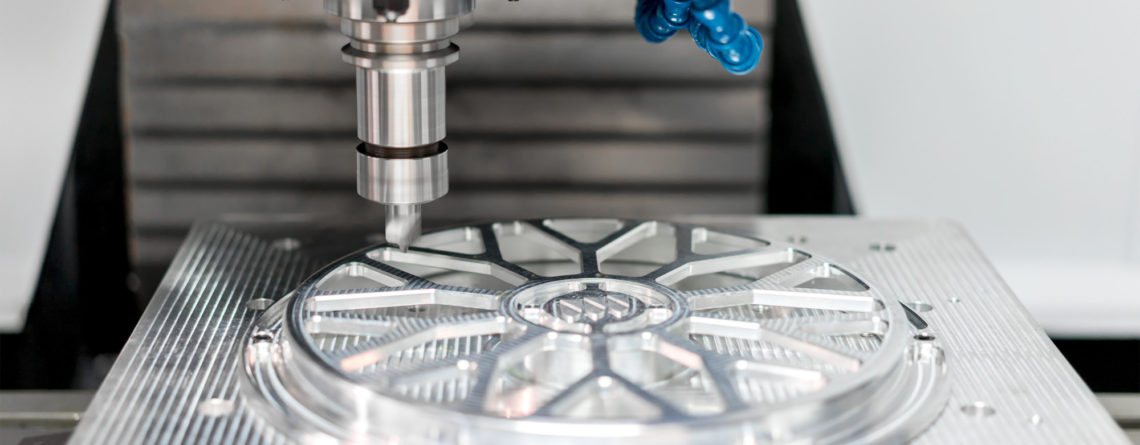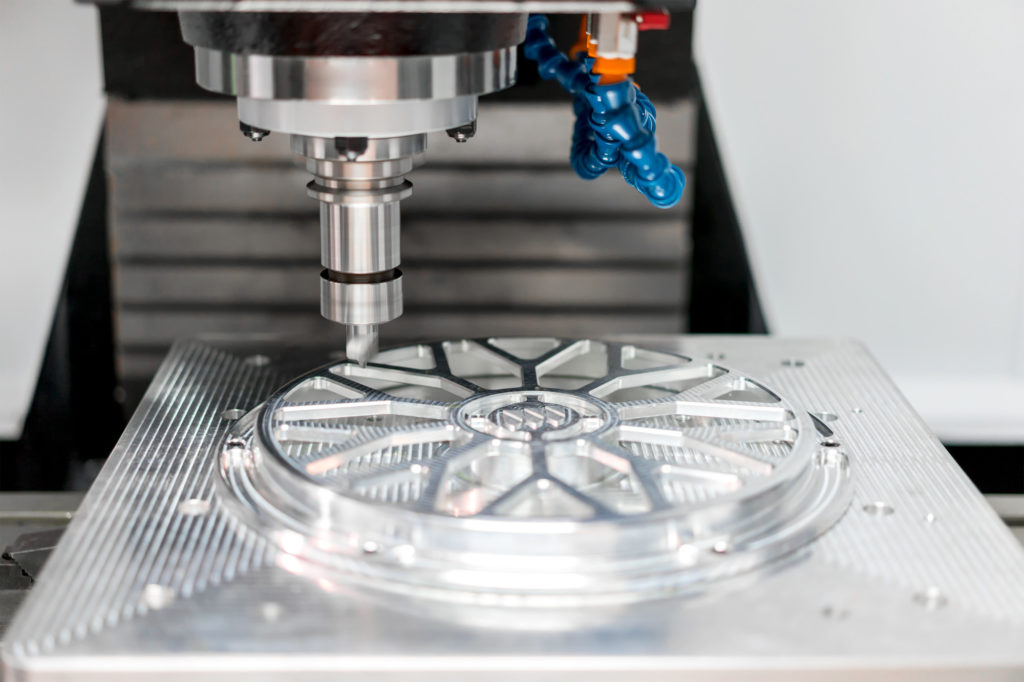The Process of Rapid Tooling
Hands up if you want to get your product to market faster than your competition?
If your hand is up, you’ve come to the right place. Using rapid prototyping to manufacture parts to test for component fit will help you do just that.
The good news is that today, many rapid prototyping processes are available to product design teams.
Rapid tooling is known by many names including prototype tooling, prototype mold and soft tooling. Essentially, it’s pared-back injection mold tooling that enables you to quickly and cheaply get parts.
Conceptually, it’s any type of injection mold tooling, manufactured quickly and inexpensively to enable testing and validation of parts before you invest in production tooling.
Keep reading to discover more about the prototyping process of rapid tooling, and the advantages of this technique.
What is Rapid Tooling?
First things first.
Rapid tooling is, simply, the creation of a mold in a shortened timeline.
Rapid production tooling got its start in the 1990s, when engineers involved in plastic injection molding investigated whether they could build molds in a matter of hours or days instead of the weeks or months a machined mold would take.
A rapid-tooled mold is the perfect way to prototype a part and mold a few hundred plastic parts before full-scale, high-volume production begins. The rapid tooling process is responsible for building the insert. This includes the core, cavity, and side actions of the part.
Depending on the type of rapid tooling used, it’s possible to get thousands (or tens to hundreds of thousands) of cycles out of the one tool.
Keep in mind that there are different types of rapid tooling available. The benefits of each vary based on your required materials, accuracy, technology, consistency, and size. If you’re considering rapid tooling for your prototype, keep these limitations in mind:
The Mold Must be Strong
It must be strong enough to handle the injection molding process. Injection molding machines are measured by pounds per square inch that are being clamped.
This means that if the mold material isn’t strong enough, it may not survive. In addition, the mold must be able to withstand injections of hot plastic material.
The Mold Must be Smooth
Just as the mold needs to be strong, it also needs to be smooth enough for the plastic part to eject cleanly.
It’s critical that the mold is totally smooth. Traditional steel machined molds are smoothed and polished to make ejection easy. The problem is that during some rapid tooling processes, material builds up in layers. This means that it’s no longer smooth.
If this happens, the rapid tooling mold could require additional work after it’s created to make it smooth enough for prototyping.
Types of Rapid Production Tooling
The past decade has seen vast improvements to the applications for use in rapid tooling. As additive fabrication technology has matured, two categories of rapid tooling emerged. These are Indirect or Pattern-based Tooling and Direct Tooling.
Indirect Tooling approaches use master patterns to produce a mold or die, while Direct Tooling methods involve an additive process that builds the actual molds.
The reality is that though interest in using additive processes to solve tooling problems continues, few have reached the point where they are commercially viable.
This is especially true in plastic injection mold tooling. In this case, CNC and high-speed machining tends to be the standard procedure. In other areas like silicone casting and pattern-based metal casting, rapid prototyping is now the standard.
In cases where complex geometry is required, as seen in investment cast parts, this is definitely the go-to procedure.
Advantages of Rapid Tooling
Rapid tooling makes use of actual production grade material. This, in turn, enables you a much clearer picture of how the parts will act in real-world applications. Along with this, it allows you to test and confirm that you’ve made the correct material choices.
We’ve compiled other advantages of rapid tooling techniques below.
Opportunities for Innovation
The exciting news is that rapid prototyping opens up a range of new opportunities for innovation. It does this by eliminating the restrictions of conventional prototyping. Traditional prototyping requires production of prototype tooling and physical components to exacting tolerances.
With rapid prototyping, designers can create models incorporating complex surfaces and shapes that would otherwise be difficult or impossible to reproduce by conventional prototyping.
Time Saving
Rapid prototyping eliminates the time needed to produce patterns, molds, and special tools required for conventional modeling. Due to this, rapid prototyping dramatically reduces the time between initial design and analysis.
The result is that an accurate model is quickly available for testing features, form, performance, and usability. Designers are enabled to quickly modify products in line with feedback because rapid prototyping is a highly automated process.
These time savings assist companies and ensure they gain a competitive advantage by bringing new products to market quickly. Competitors won’t be able to keep up the speed and efficiency offered by rapid prototyping.
Money Saving
Another advantage of rapid tooling systems is the money saving factor.
In rapid tooling, parts are also injection molded as they would be in production. What this means is you can also use them for stress and impact testing.
For example, you’re able to explore any weak areas due to weld lines or other imperfections from the injection molding process. These include warping and shrinking. Armed with this knowledge, you’re better able to determine if any changes are required before expensive production tooling occurs.
The Next Steps
There are a number of other reasons for selecting a rapid prototyping service. It’s a cheap, fast, effective method that allows you to get parts to market quickly. The cost advantages allow both market testing and mean it’s a suitable choice for lower volume production runs.
Now you know about this important processing technique, what are the next steps?
For more information about using rapid tooling in your business, please contact us. We’re here to guide you through the best options for your unique needs.



 We don´t share your data.
We don´t share your data.
Comments (2)
Do you only make parts or finished products?
Hello Lei,
Thanks for your comment,
We are mainly producing plastic parts but we have implemented assembling lines on demand from customers.
The Prototech team